Concealing your pigmentation with make-up or off the shelf products don’t allow you the room to effectively treat the blemishes as once they’re off, it comes back. Although over the counter brightening and whitening products are used, they aren’t effective and you feel like you’re running out of options.
There are varieties of hyperpigmentation, such as dark spots and blemishes. Distribution of blemishes, timing of appearance and skin depth penetration determines the type of hyperpigmentation as well as the suitable treatment for it. Knowing your type of blemishes helps us to understand your skin.
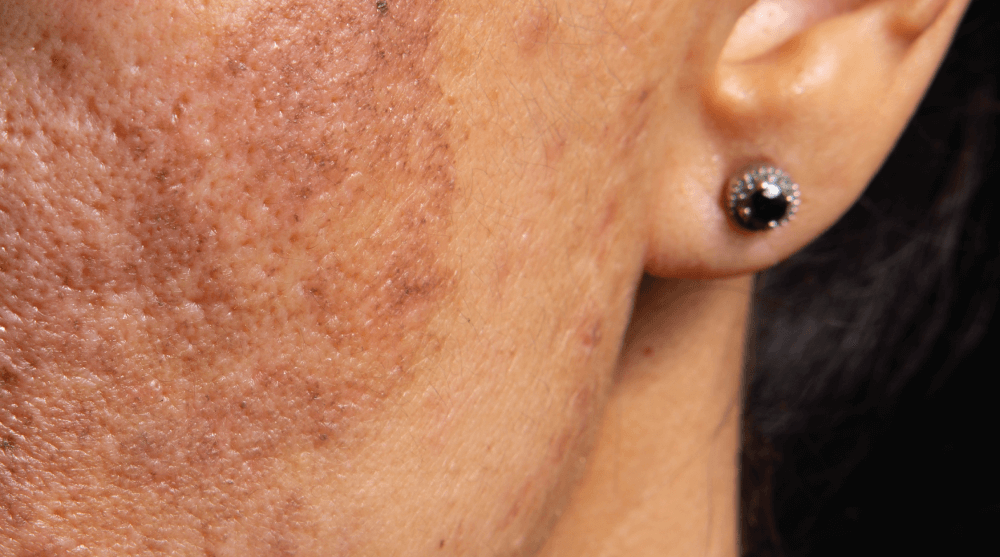
Pigment in the skin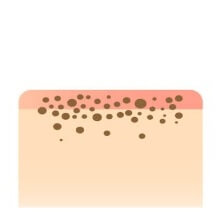
Destruction of pigment by PicoPulse™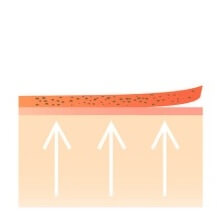
After the procedure, the skin becomes red and flaky. Pigmentation peeled along with the obsolete skin layer.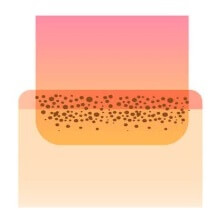
Pignment removed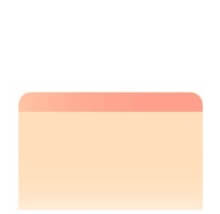
Hyperpigmentation is caused by melanin in the surrounding skin, and produced by special pigment cells called melanocyte, protecting the skin around the affected site. It has dendrites (root structures) to reach and transfer melanin to the skin cells. The transferred melanin protects the skin from sun damage to prevent cancer as well. Our skin is the biggest organ in our body and it has its own ecosystem to maintain.
Asian skin is prone to mixed hyperpigmentation because our climate is sunny and we are more likely to suffer sun damage, leading to spots. Other factors that cause hyperpigmentation include genetics, hormones, birthmarks, medical history and medicines.
A personalised consultation is performed for skin assessment and examination to determine your hyperpigmentation type. All of the variety of hyperpigmentation can be differentiated by its depth penetration of the skin. It occurs to the upper layer (epidermis) and the deeper layer (dermis).
Epidermal layer pigmentation include freckles and sun spots, whereas Hori's Nevus and Nevus of Ota are considered dermal layer pigmentation.
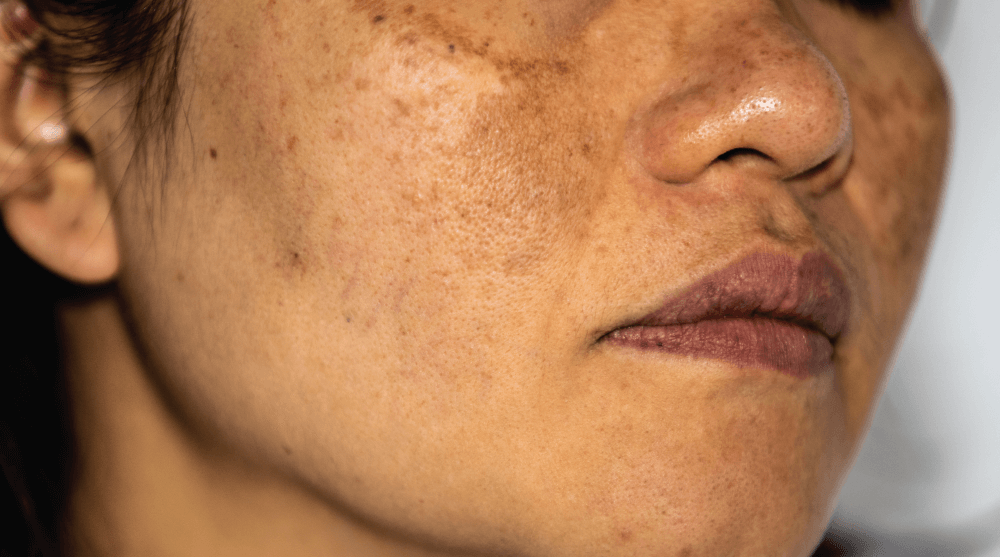
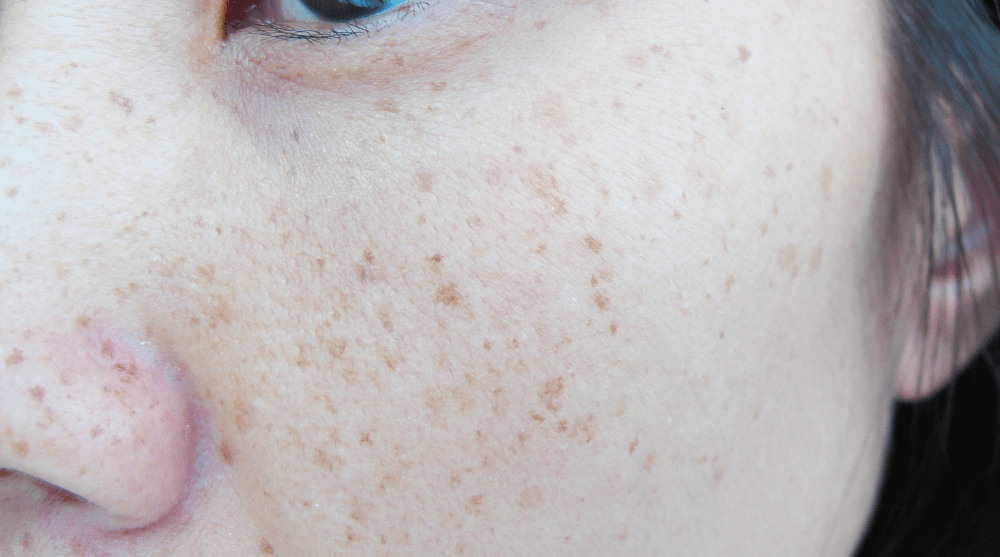
What are Freckles?
Small, brown Pigmentation spots found on the face, forearms and back formed by the increase of melanin in the skin cells due to sun exposure. It is a harmless condition and pigment removal is effective, with results appearing after 1 to 2 sessions. However, the treatment is not permanent if freckles reappear due to ultraviolet radiation.

What are Sun Spots?
Scientifically called a Solar Lentigo but known more commonly as age spots, it occurs to sun-exposed areas of the face, back and forearms. It is a benign condition and are larger in size compared to freckles, carrying an oval to round shape that can change in size. Aging and sun-exposure will increase its numbers and depth of colour.
Sun protection is vital to heal solar lentigo, and some lightening creams do work. For permanent results, laser pigmentation removal is recommended for all skin types.
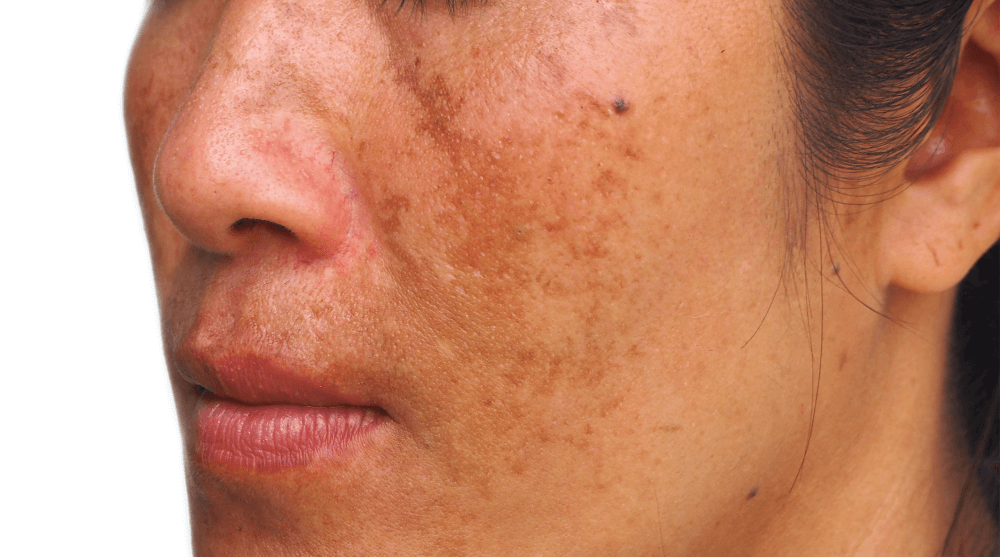
What is Melasma?
Melasma affects many Asians and it ranges from small pigmented patches on the forehead cheek, nose, upper lip and jawline. Melasma is carried genetically and is affected by pregnancy as well as hormones. Sun exposure is the main culprit as ultraviolet rays stimulate melanin production.
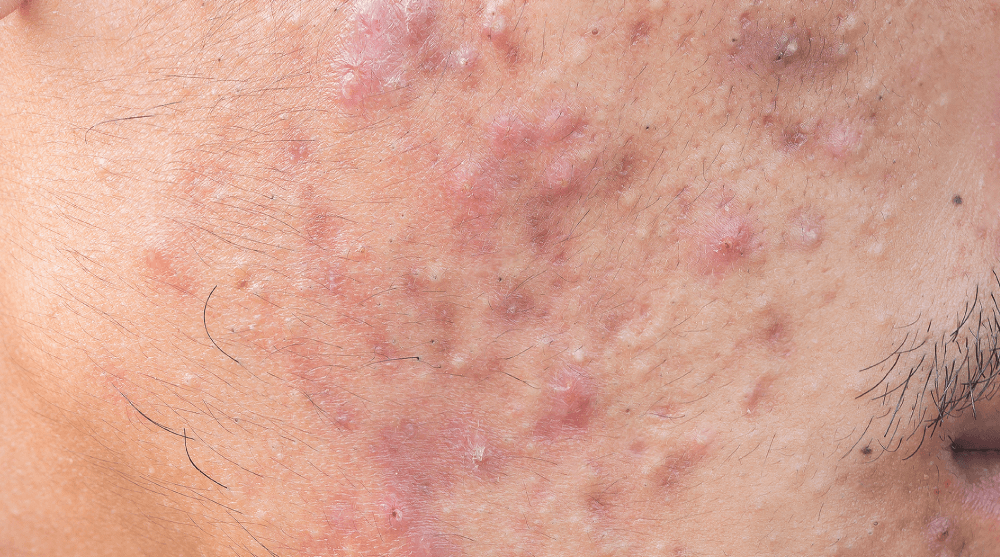
What is Post-Inflammatory Hyperpigmentation (PIH)?
The name speaks for itself. It is a condition seen after stress on the skin, such as injury (burn) or inflammation (acne, eczema) and might occur after laser treatment when the skin is vulnerable. It might be a temporary pigment or become a permanent feature.
Many individuals concerned about their scars and mistake the origin of the PIH. Flat dark spots can be a result of inflammation under the skin or an insect bite.
There are several treatments to manage PIH, sometimes a combination of topical creams, chemical peels as well as laser pigmentation removal.
At One Doc, We have multiple approaches to treat multiple brown and red skin discolourations. It targets the melanin and delivers the energy rapidly, within one thousand-millionth of a second to break the pigments.
The wavelength can be adjusted to address different concerns such as Melasma, sunspots, pores, skin tone, freckles, combating acne, skin Redness and rosacea.
How many sessions are needed?
It depends on the varying type of pigmentation, it's depth and severity of the affected site as well as skin type. Around 5 sessions are recommended for individuals with mild cases whereas for moderate to severe cases, 5 to 10 sessions might be needed to yield the best results.

Is it suitable for darker skin tones?
Yes! The treatment program is proven to be an effective treatment for all skin types. It only specifically targets melanin without disrupting the surrounding skin cells, therefore suitable for darker skin. Although some conditions may require a delay in treatment, for example active skin lesions, infection and inflammation as well as sun tanning.
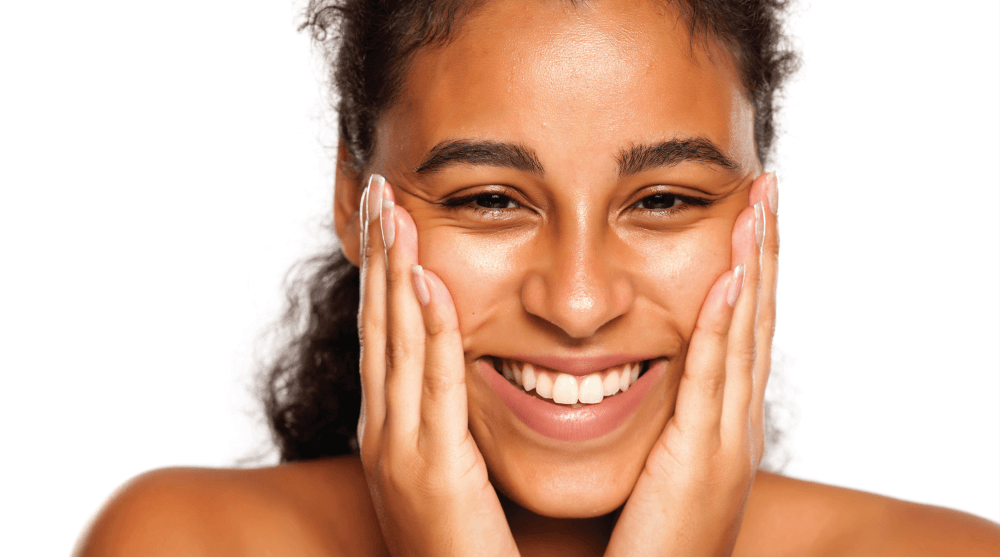
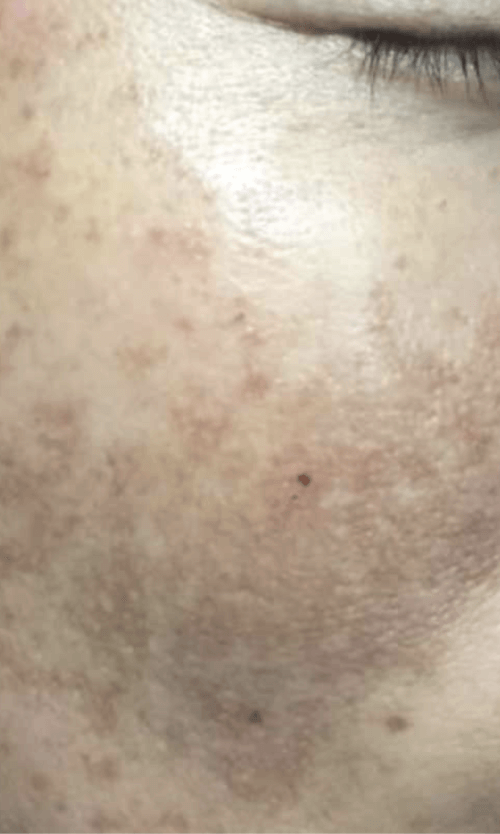
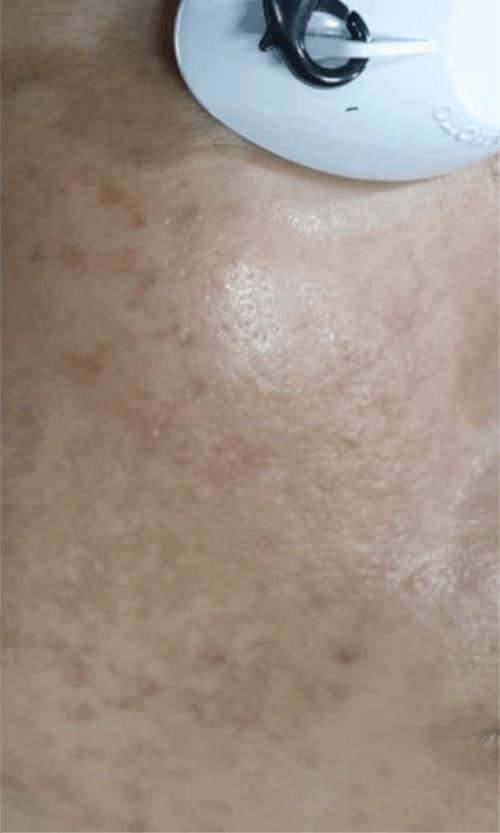
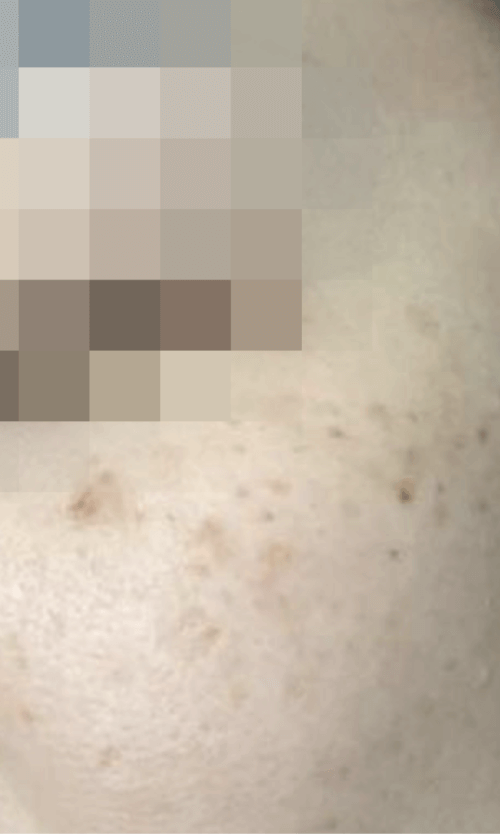
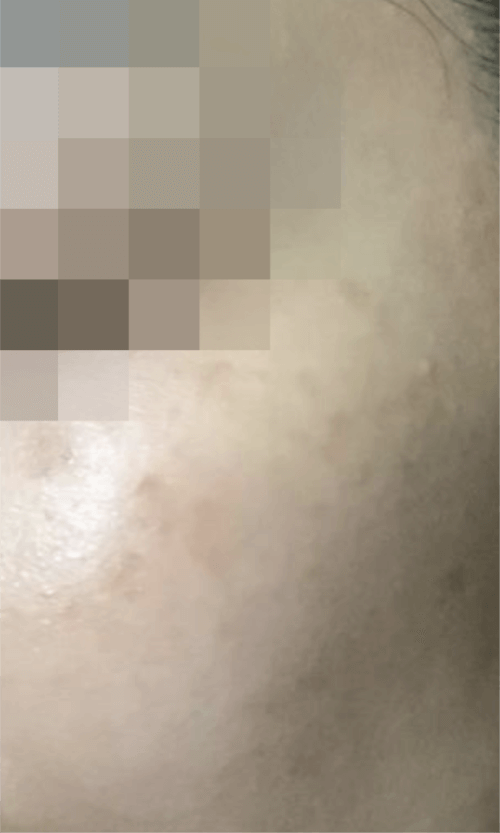
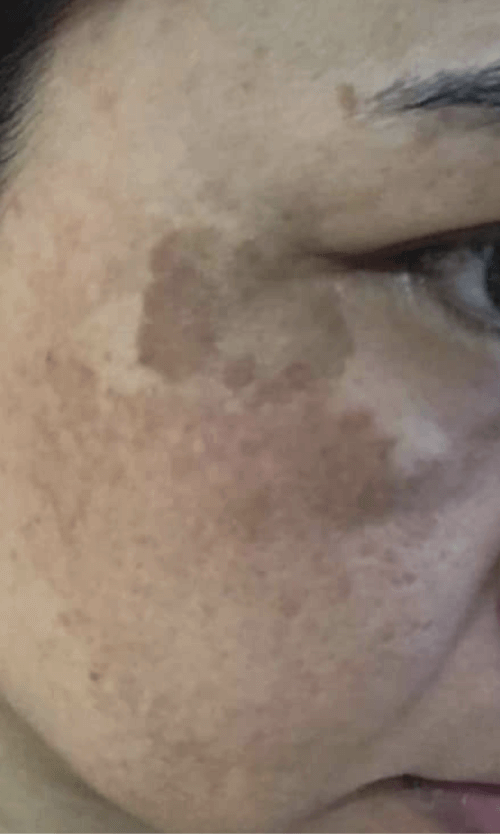
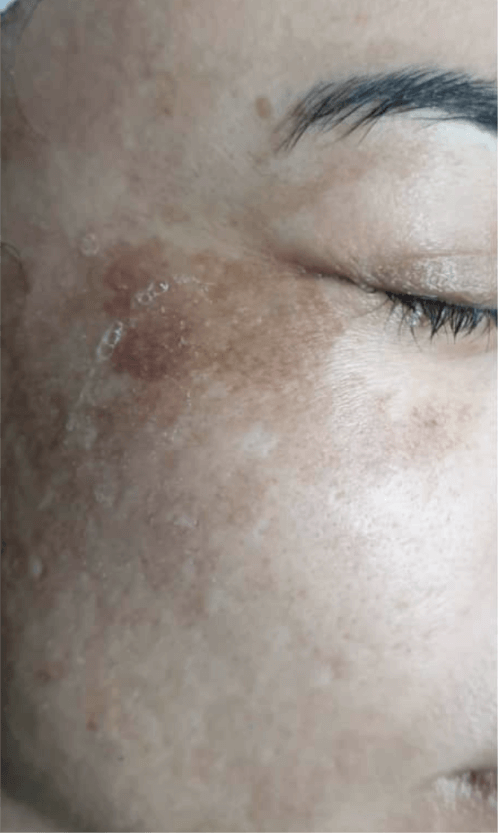
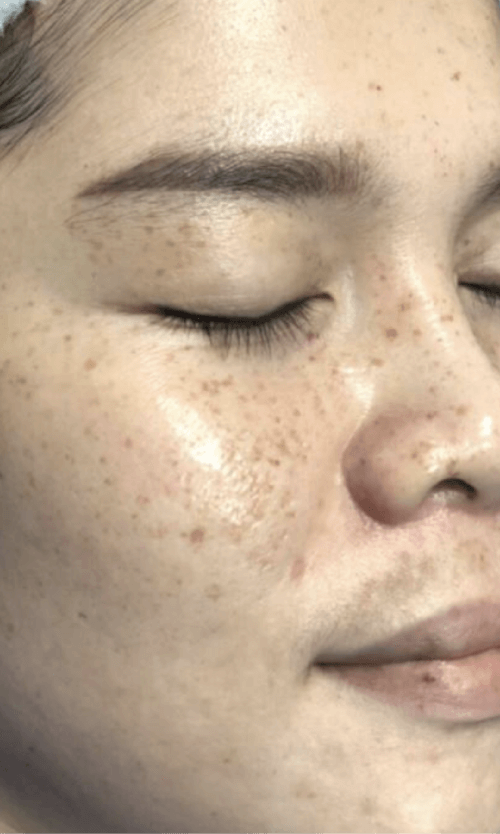
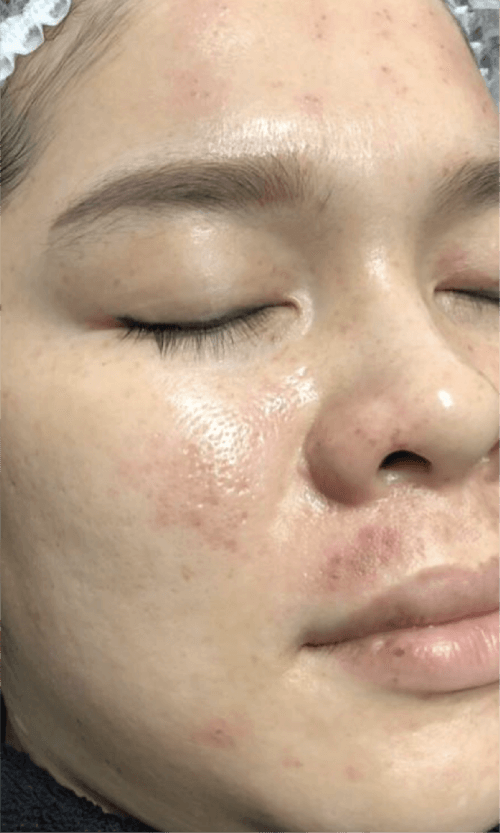
If you require further assistance regarding our facial, please do not hesitate to visit our locations for a personalised consultation or contact us.
The information needed can be found here.
